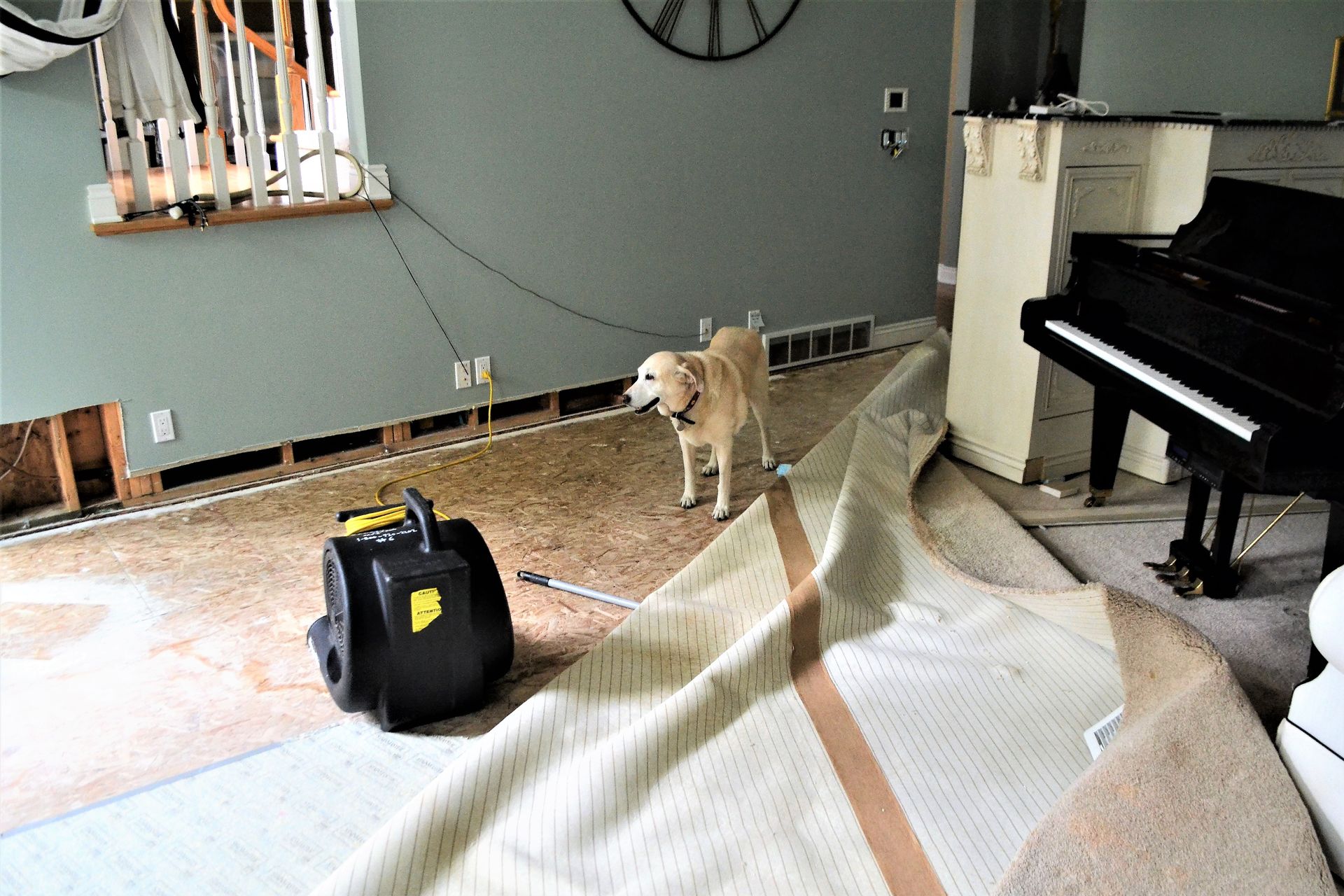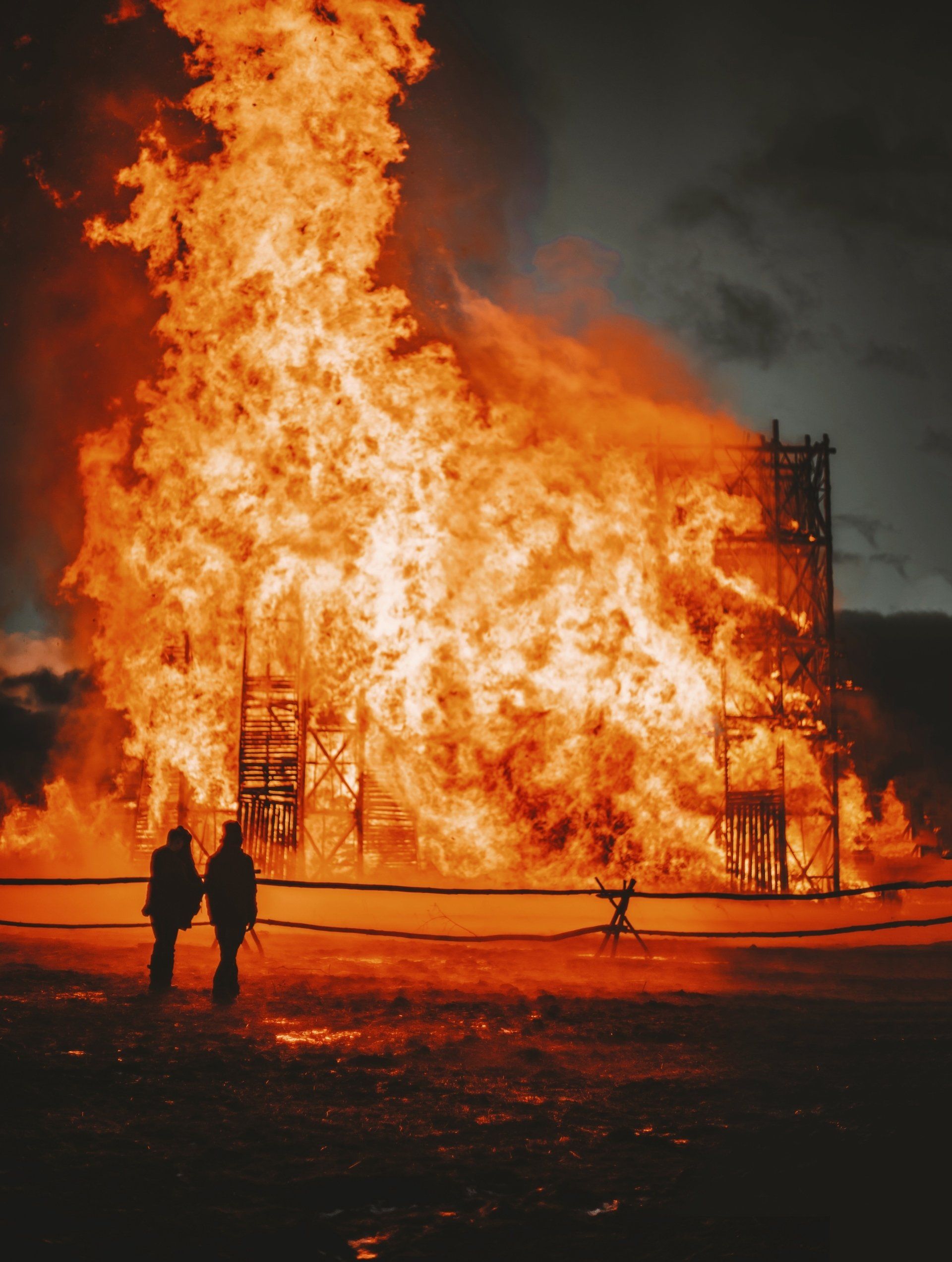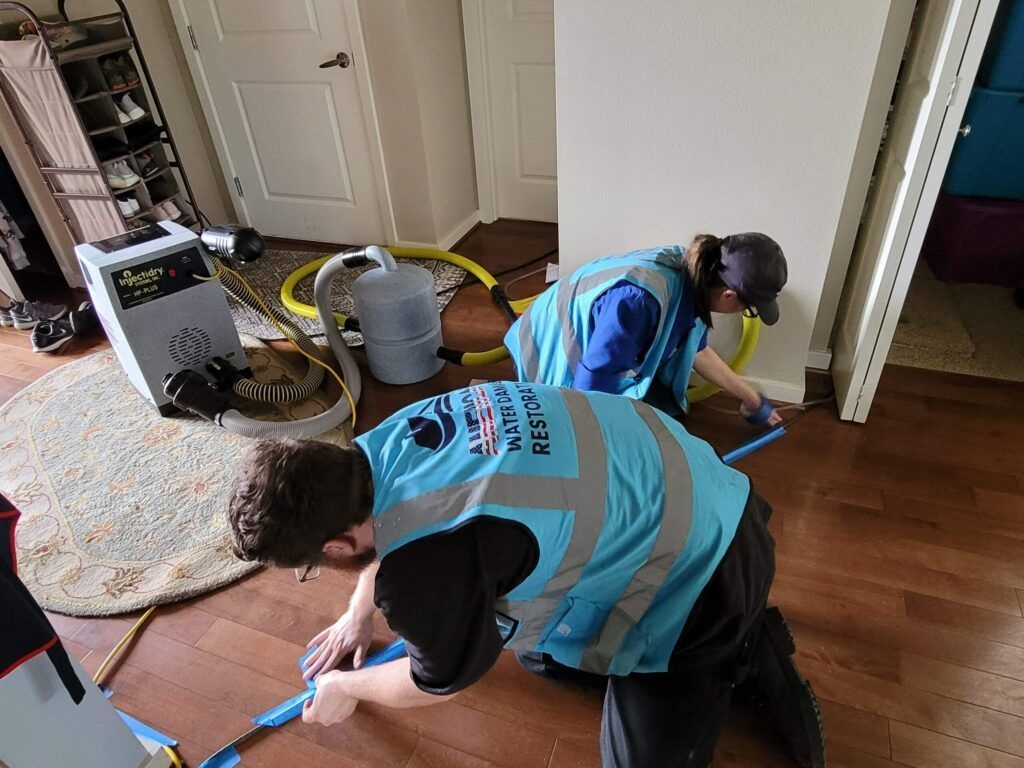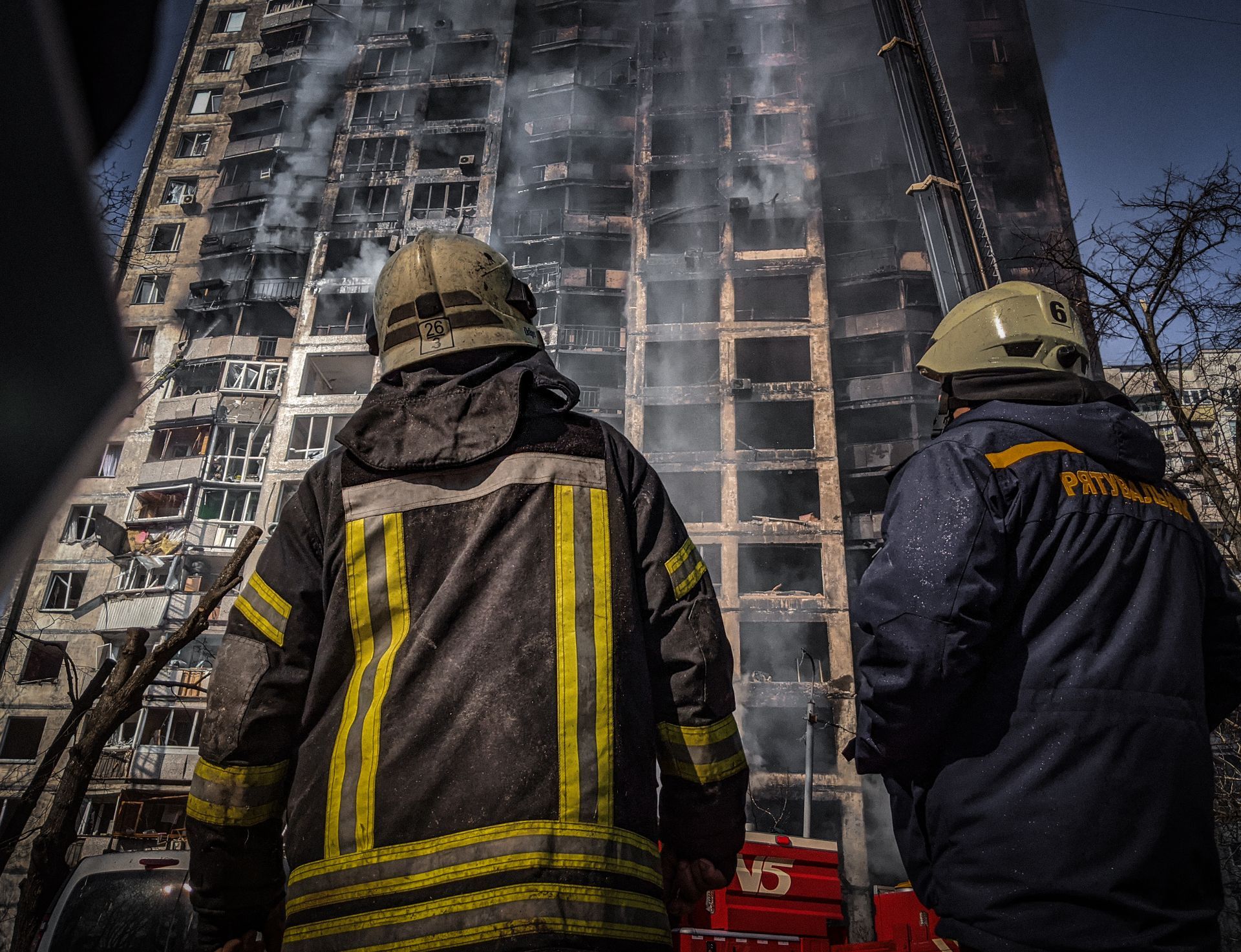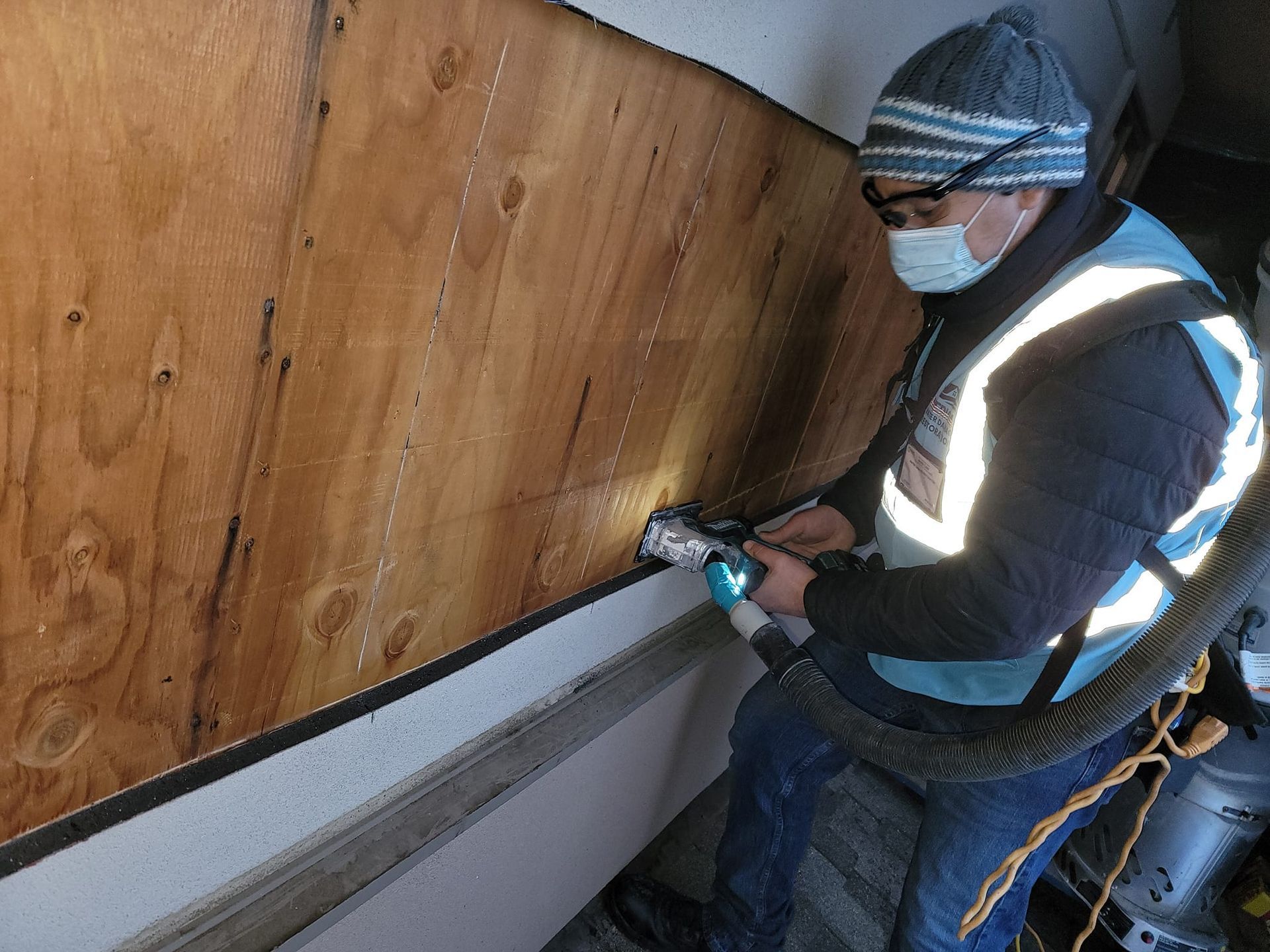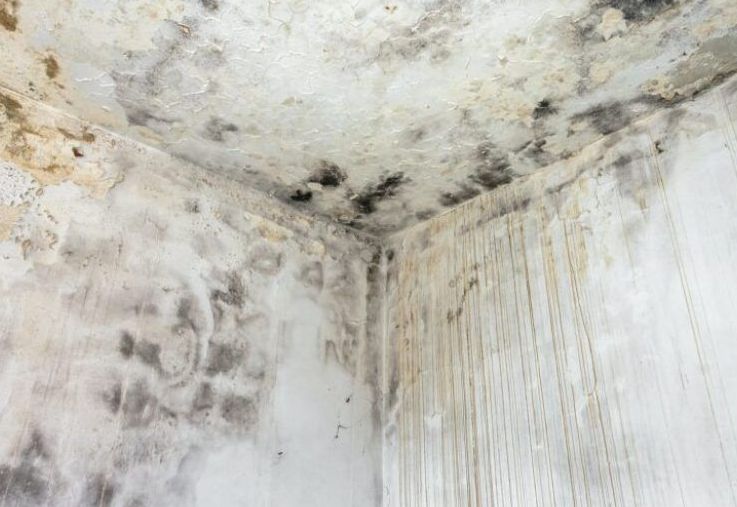- 24/7 EMERGENCY SERVICE
- ON OUR WAY IN 60 MINUTES OR LESS
- WE WORK WITH YOUR INSURANCE
The Causes and Effects of Fire Damage
Understanding the Cause and Effect of Fire Damage: A Comprehensive Guide
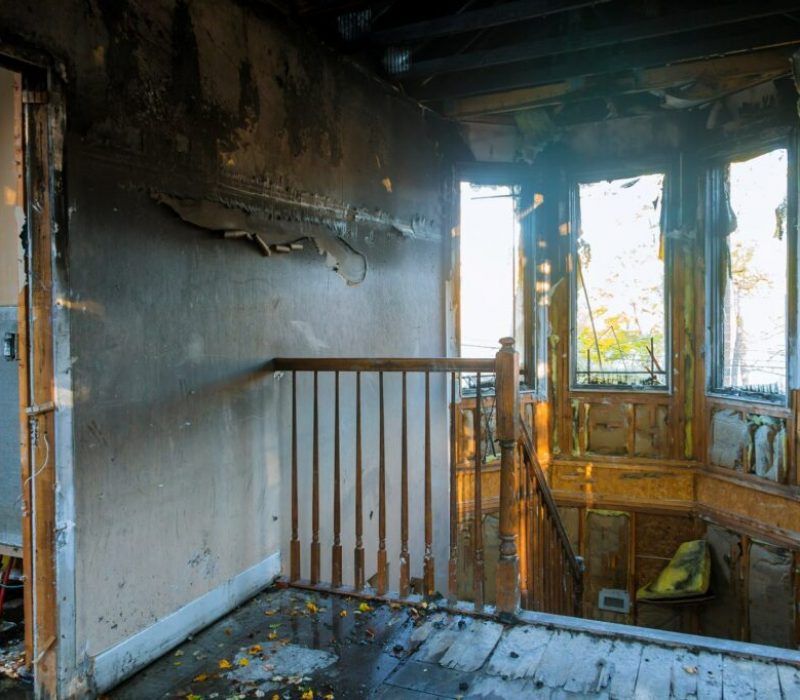
According to the Insurance Information Institute, there are an estimated 1,504,500 fires in 2022. These incidents, often caused by simple mistakes or negligence, highlight the critical need for understanding the cause and effect of fire damage. Grasping how fires are formed and the subsequent negative effects can be invaluable for prevention strategies and effective restoration after a fire event. In this comprehensive guide, we will discuss the science behind fire formation, identify common causes of residential and commercial fires, and delve into the immediate and long-term effects of fire damage.
Common Causes of Fires
There are many reasons that can spark a fire, each with the potential to cause significant harm. Human error, malfunctioning equipment, and natural causes are among the most prevalent contributors, each varying in its level of predictability and control. Understanding these causes is not just an academic exercise. It is a proactive step towards fire prevention, essential for safeguarding homes and businesses against future incidents.
Natural Causes
Natural causes of fire often stem from environmental conditions. Lightning strikes, for instance, can ignite fires when they hit dry vegetation or other flammable materials. Drought conditions increase the likelihood of fires by creating an arid environment where flames can quickly spread. Spontaneous combustion, though less common, occurs when heat generated through natural decomposition ignites materials without an external spark. Therefore, hot and dry climates significantly raise the risk of natural fires, underscoring the importance of preventive measures during such periods.
Human-induced Causes
Deliberate causes, such as arson, pose a serious risk. However, accidental causes account for many fires and are often the result of electrical faults, unattended cooking or candles, and careless smoking. Electrical issues might include overloaded circuits or faulty wiring, while inattention during cooking or when using candles can quickly lead to a blaze. Careless disposal of smoking materials is another common fire cause. Fire safety education plays a vital role in reducing these incidents, equipping individuals with the knowledge to identify and mitigate potential fire risks in their surroundings.
Technological & Mechanical Failures
Technological and mechanical failures are also key fire instigators. Electrical malfunctions, such as short circuits or outdated wiring, can generate heat and ignite nearby combustible materials. Similarly, gas leaks can cause explosions and subsequent fires when mixed with an ignition source. Machinery issues can also pose a risk, especially in industrial settings where overheating can spark a fire. Regular maintenance checks are critical in these scenarios. By routinely inspecting and updating electrical systems, checking gas lines, and overseeing machinery operations, we can identify potential hazards early, mitigating the risk of a fire caused by a technological or mechanical failure.
Immediate Effects of Fire Damage
The aftermath of a fire is immediately visible, often leaving a trail of destruction that impacts both structural aspects and personal losses. The ravages of fire damage can be seen in charred walls, melted appliances, and the remnants of personal belongings reduced to ashes. Yet, while these tangible losses are easily understood, other effects, such as compromised air quality, maybe less apparent but are equally consequential.
Structural Damage
Structural damage in the wake of a fire is often extensive, impacting the integrity of the building's foundation, walls, and support structures. The intense heat can warp and weaken metal supports and wooden components, and it can compromise the stability of concrete foundations. Beyond the visual damage, hidden problems like smoke penetration in walls or soot accumulation in unseen crevices can further deteriorate the building's solidity. These invisible threats, if not addressed promptly, can lead to long-term issues, underscoring the necessity of a thorough post-fire assessment and restoration.
Damage to Personal Property
The loss of personal property to fire extends beyond tangible assets—it profoundly impacts emotional well-being and financial stability. Watching cherished items, sentimental mementos, or critical documents succumb to flames can be devastating. Additionally, the financial strain of replacing everyday items, coupled with the loss of irreplaceable valuables, can be significant. These effects underscore the importance of fire prevention strategies and the need for a swift, comprehensive approach to fire damage restoration.
Air Quality and Residual Smoke
The lingering effects of smoke can significantly degrade air quality within a property, creating breathing hazards and persistent odors. Smoke permeates every nook and cranny, depositing soot and harmful particles that can cause respiratory issues over time. The acrid smell of smoke can also linger long after the fire has been extinguished, serving as a constant reminder of the incident. Proper ventilation, thorough cleaning, and professional air quality testing are essential to restore healthy living conditions and eliminate the harmful effects of residual smoke.
Long-term Effects of Fire Damage
Fire damage is not an issue that concludes once the flames have been extinguished. The long-term effects of a fire event can be deeply ingrained, causing ongoing harm to both the physical structure of a property and the health of its occupants. These persistent impacts, often unseen or unnoticed, can lead to further complications down the line, emphasizing the importance of thorough and professional post-fire restoration.
Health Concerns
Exposure to lingering smoke and soot can induce several health issues. Respiratory problems, including chronic bronchitis and exacerbation of asthma, are common, as these tiny particles can enter the lungs and disrupt normal breathing. The soot's chemical composition, often containing carcinogens, can also increase the risk of developing lung cancer over time. Additionally, eye irritation, skin rashes, and psychological distress are other potential health effects of sustained exposure to fire residues. Hence, addressing fire damage promptly and professionally is paramount to prevent these health risks.
Economic Implications
The economic implications of fire damage can be far-reaching. Reconstruction costs can be steep, as they often involve complete overhauls of severely damaged areas. Insurance claims can present their own challenges, with lengthy processing times and disputes over coverage inclusions. Moreover, the property's value may depreciate due to the fire's effect, making it less attractive to potential buyers. These financial burdens underscore the importance of comprehensive fire prevention strategies and swift, professional restoration services to mitigate the economic impact.
Environmental Impact
Fires significantly harm local ecosystems, destroying habitats and disrupting biodiversity. They contribute to air pollution, releasing harmful substances like carbon monoxide and particulate matter into the atmosphere, which affects air quality and human health. On a broader scale, fires exacerbate climate change by releasing stored carbon dioxide from plants and soil into the atmosphere, thereby increasing greenhouse gas concentrations. This cause-and-effect relationship between fires and environmental degradation underscores the urgency for comprehensive fire prevention and mitigation strategies.
Fire Damage Assessment: Knowing the Extent
After a fire, understanding the extent of the damage is crucial, as it directly impacts the restoration process. While homeowners can perform a preliminary evaluation, it's paramount to engage professionals for an in-depth assessment. Fire restoration professionals offer expert knowledge and use specialized equipment to accurately determine the degree of structural damage, the extent of smoke penetration, and the presence of soot or ash. They can also identify potential safety hazards such as weakened structures, electrical issues, and hidden pockets of heat that could reignite.
While waiting for professionals, homeowners can conduct a basic assessment. However, safety should always be the main priority. Avoid entering the property if it smells of smoke or if there's visible structural damage. If you do enter, wear sturdy shoes, long sleeves, and gloves to protect yourself from sharp debris and harmful substances. Look for visible signs of damage like discolored walls, charred items, or warped doors and windows. Remember, this preliminary assessment should not replace a professional evaluation. It's only meant to give you a basic understanding of the situation while awaiting expert help.
Mitigating and Restoring Fire Damage
When a fire incident occurs, acting swiftly can mitigate further damage. Here are some steps you can take:
- Ventilate the Property: To reduce smoke and soot buildup, open all windows and doors for proper ventilation.
- Document Damage: Take photos and make a list of damaged items for your insurance claim.
- Seek a Temporary Shelter: To avoid exposure to harmful fumes and unstable structures, find a safe place to stay temporarily while your property is being restored.
Professional restoration involves several steps to ensure your property is habitable and safe:
- Assessment: The first step is a thorough assessment of the degree of damage, which determines the necessary restoration actions.
- Board-Up & Roof-Tarp Service: To prevent further damage, professionals may board up missing windows and walls and place tarps on damaged roofs.
- Water Removal and Drying: If water damage is present due to firefighting efforts, it will be addressed promptly to prevent mold growth.
- Smoke and Soot Removal: Specialized equipment is used to remove smoke and soot from all surfaces.
- Cleaning and Sanitizing: All restorable items and structures are cleaned and sanitized. Professionals use a variety of cleaning techniques to restore your belongings to pre-fire condition. They're also trained to remove odors using industrial air scrubbers and fogging equipment.
- Restoration: The final step is restoring your home or business back to its pre-fire condition, which may involve minor repairs, like replacing drywall, painting, and installing new carpet, or major repairs, such as reconstructing various areas or rooms.
Preventing Future Fires
Prevention is indeed superior to remediation, especially in the context of fire safety. Understanding and employing crucial fire prevention measures can avert future disasters, sparing properties and lives from the widespread and devastating effects of fire. Given the extensive and lasting damage that fires can inflict, proactively reducing fire risks through preventative actions is not just a matter of convenience but critical for safety and preserving the well-being of individuals and properties.
Household Fire Safety Measures
Regular smoke detector checks are crucial for early fire detection. Ensure that detectors are operational by testing them monthly and replacing batteries annually. In the kitchen, never leave cooking unattended, and keep flammable materials away from heat sources. Store flammable materials, like gasoline and aerosols, in a cool, well-ventilated area, away from sparks or flames. These preventative actions are essential in mitigating the causes and effects of fires, safeguarding both properties and lives.
Industrial and Commercial Fire Prevention
In the commercial and industrial context, rigorous fire prevention practices are fundamental. Regular equipment checks are critical to identify and rectify potential fire hazards. Employee training on fire safety protocol, including the usage of fire extinguishers and evacuation routes, can drastically reduce fire risk. Maintaining adherence to local fire safety codes, including proper storage of flammable materials and implementing appropriate ventilation systems, is crucial. Remember, an ounce of prevention is worth a pound of cure, particularly when it comes to fire safety in the business environment.
Don't Face Fire Damage Alone: We're Here to Assist
At
American Water & Damage Restoration, we understand the emotional and physical toll that fire damage can cause. Our team of professionals is equipped with the expertise and tools to help you navigate through this difficult time. We offer comprehensive
fire damage restoration services, from thorough damage assessments to complete rebuilding services. Don't allow the effects of a fire to further disrupt your life. Let our experts guide you through the restoration process, ensuring every detail is taken care of every step of the way. Get in touch with us today, and let us bring back comfort and safety to your home or business.
CONTACT US 24/7 FOR ANY TYPE OF RESTORATION SERVICES
Our Contact Information
123 2nd Ave S, Edmonds, WA 98020, United States of America
OPEN 24/7
CONTACT US 24/7
For an immediate response call us 24/7 at (206) 771-7040 or complete the form below.
Contact Us
We will get back to you as soon as possible.
Please try again later.
24/7 Emergency Services!
CALL (206) 771-7040
We’re Fast! We’re Efficient!… And we will get the job done right, the first time!
Contractor Number: AMERIWD794PJ
OUR SERVICES
CONTACT INFO
123 2nd Ave S, Edmonds, WA 98020, United States of America
All Rights Reserved | American Water and Damage Restoration LLC


